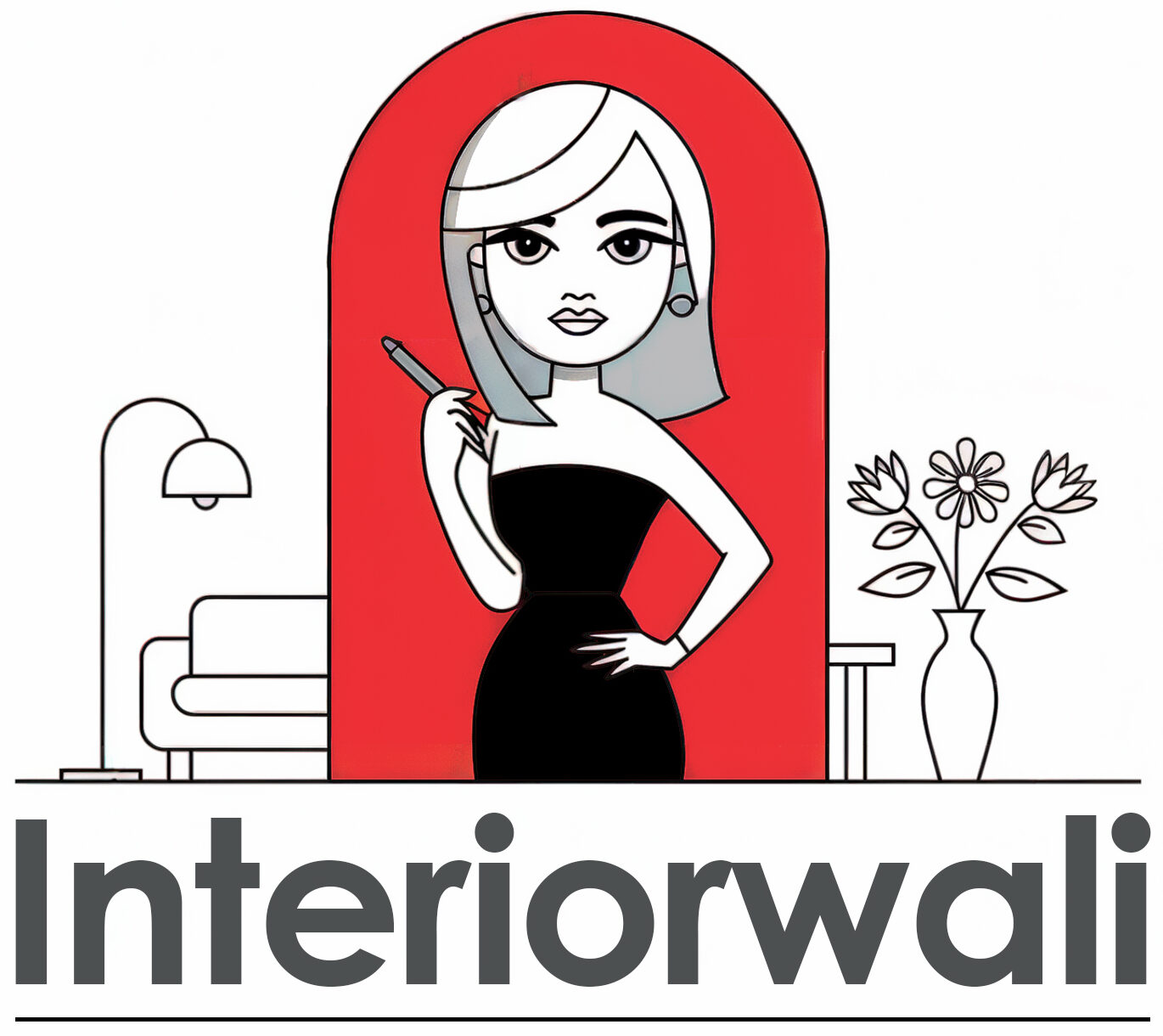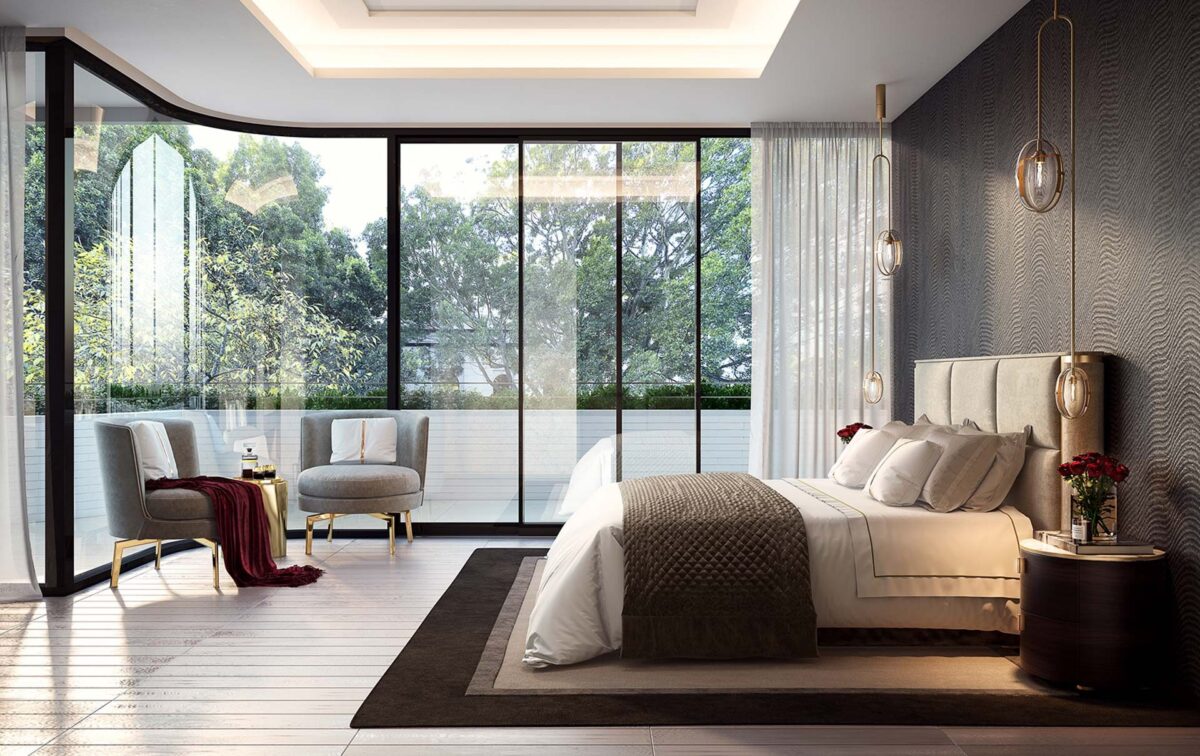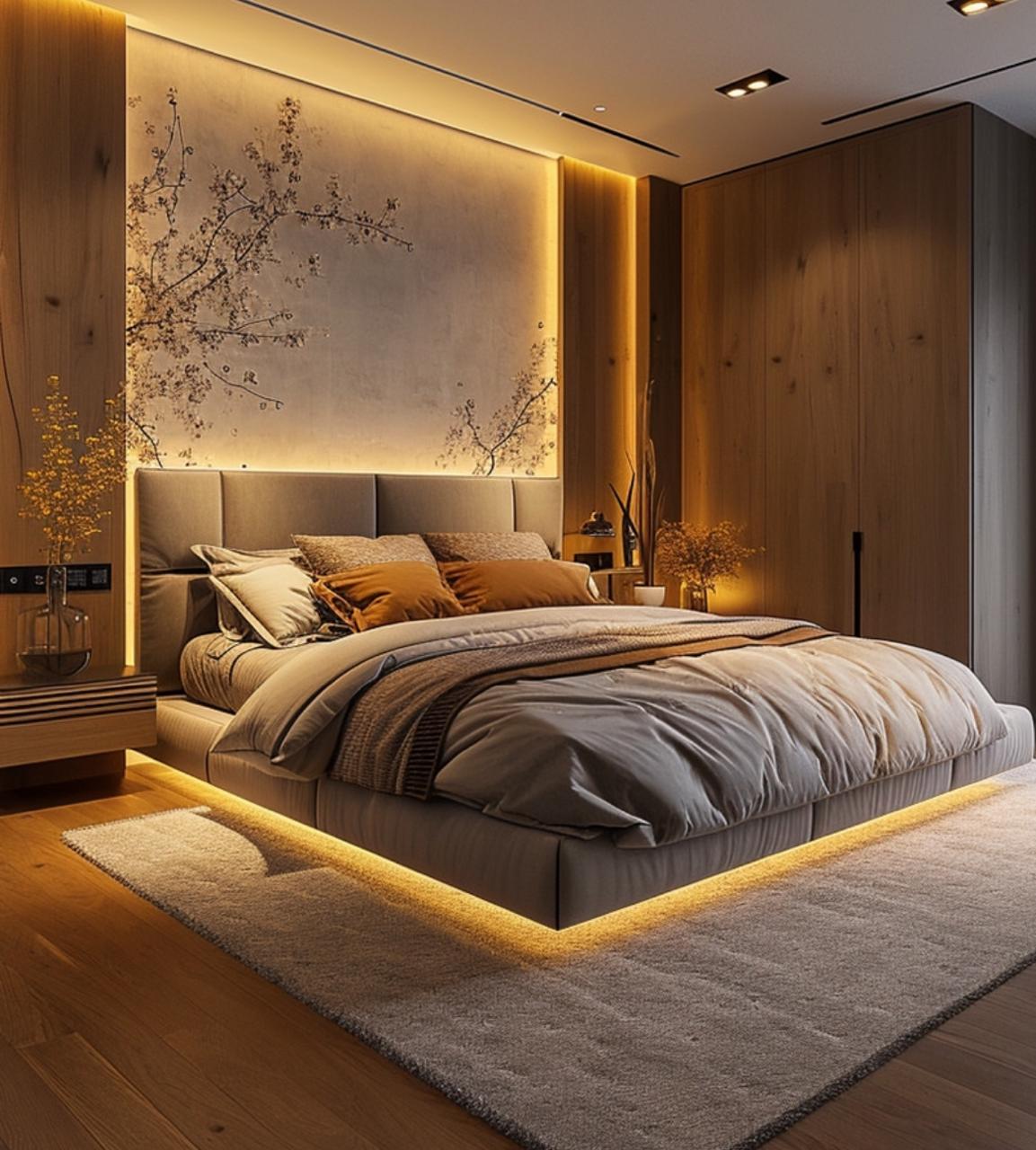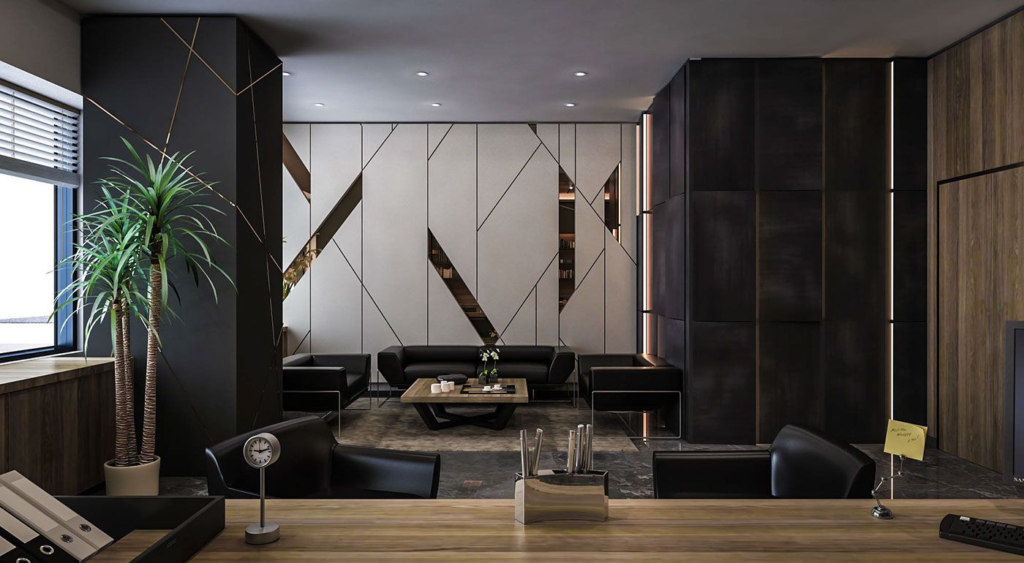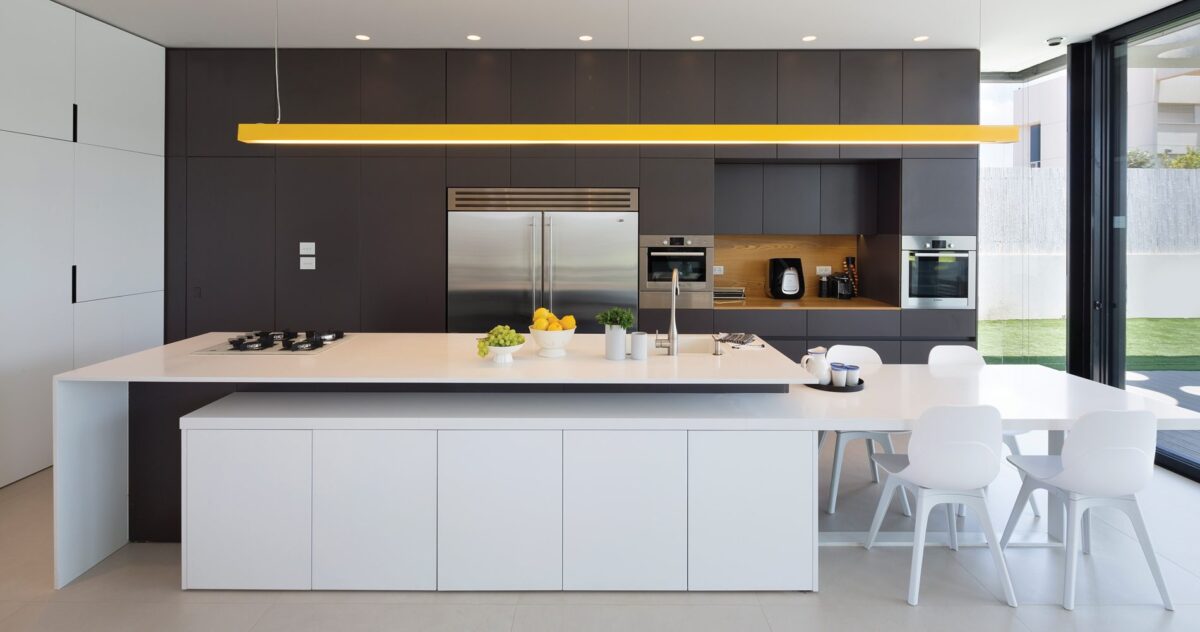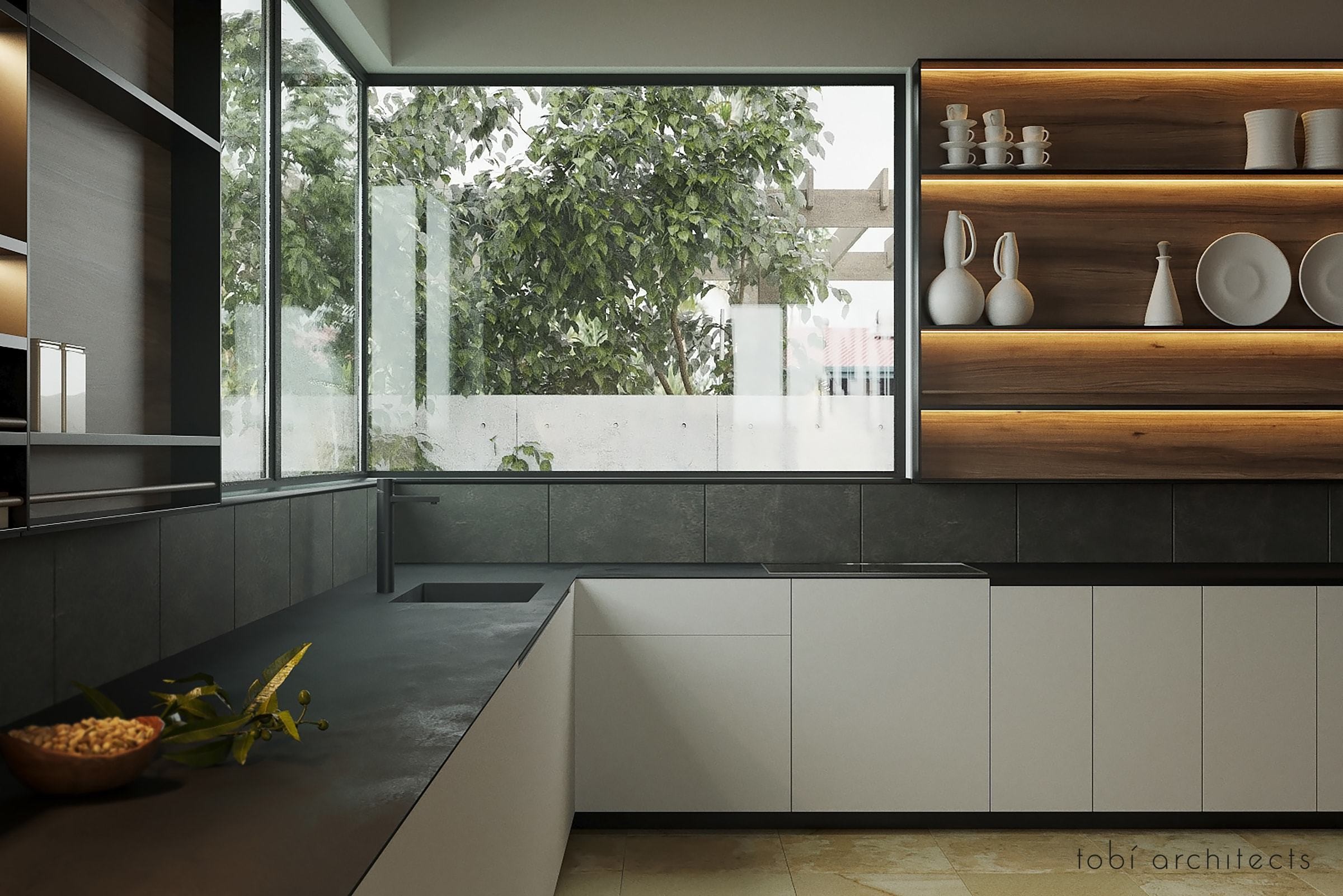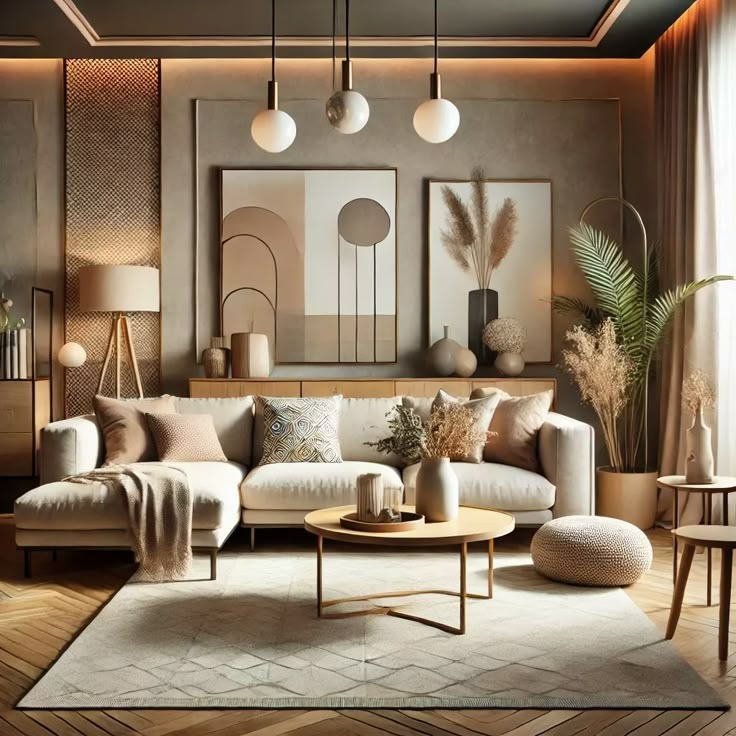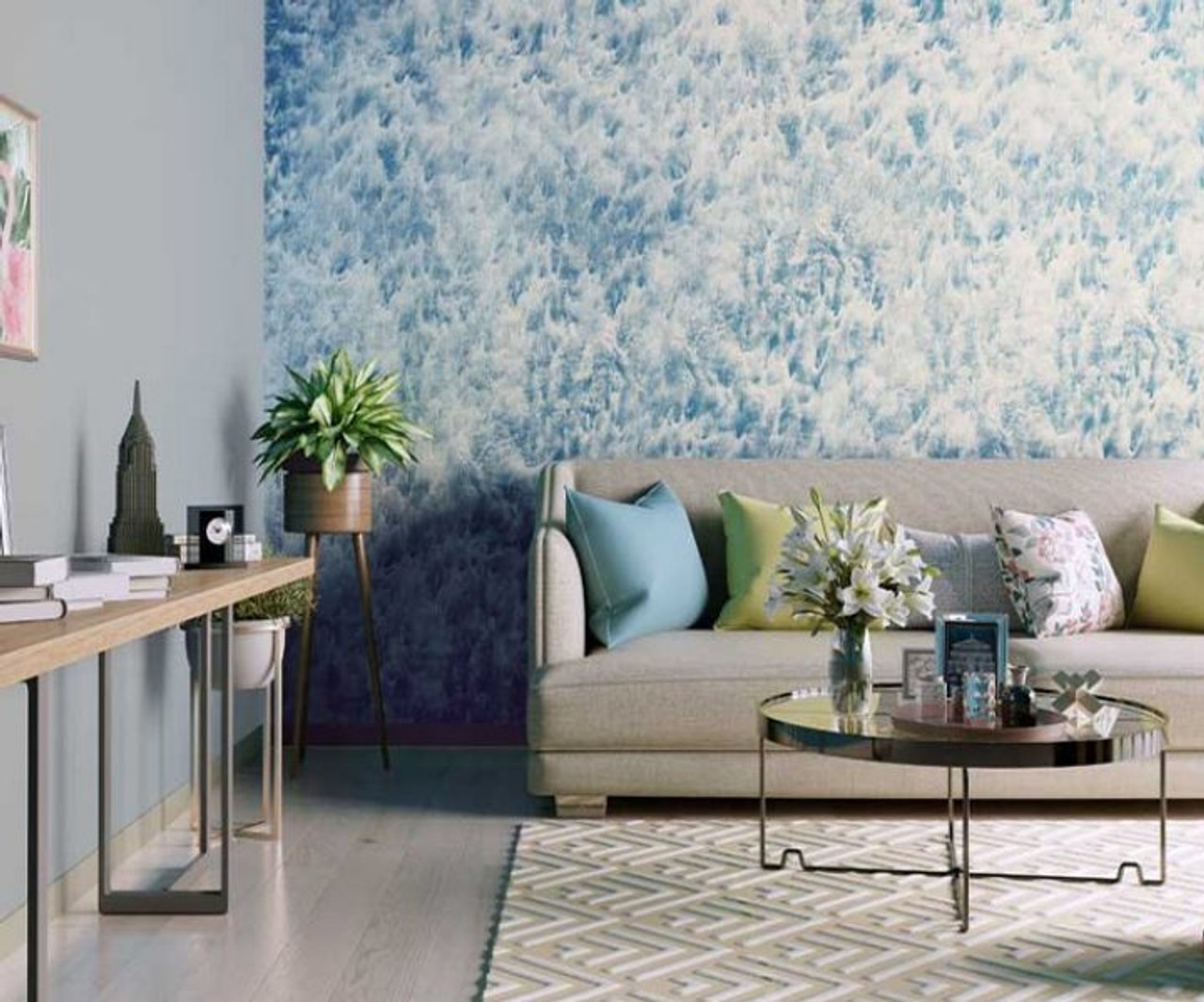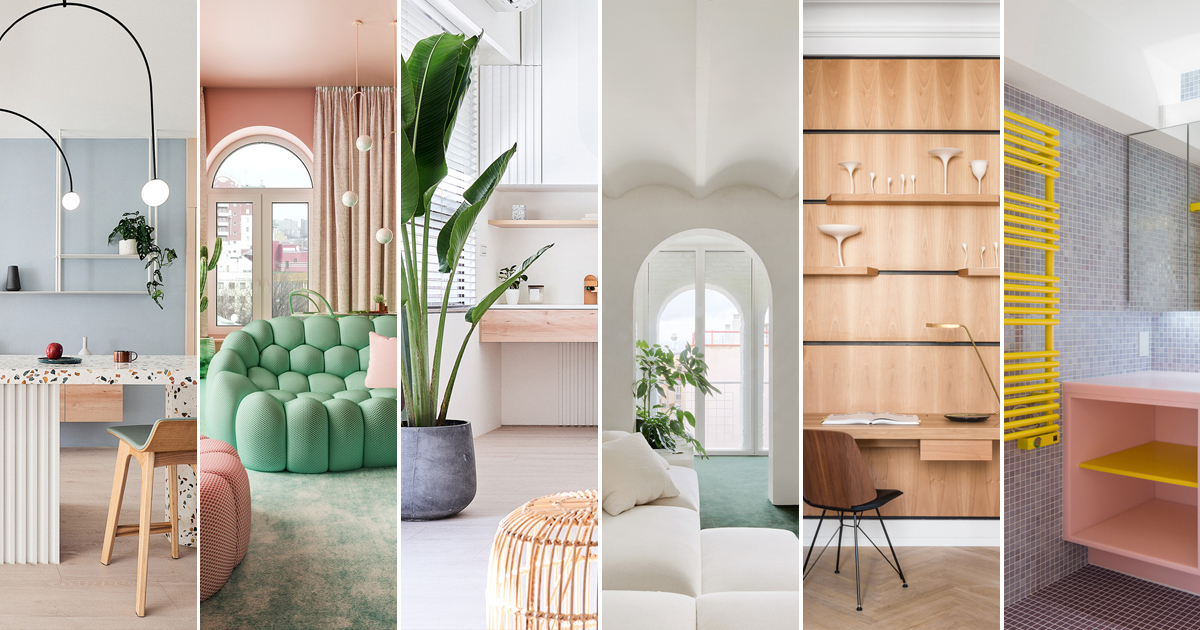In today’s India, bedrooms are no longer just sleeping quarters—they are evolving into deeply personal spaces that reflect individual tastes, comfort, and aspirations. With growing urbanization, improved living standards, and exposure to global trends, many homeowners are now investing in luxury bedroom interior design to turn their private spaces into soothing sanctuaries. But luxury, especially in the Indian context, goes beyond price tags. It’s a blend of elegant aesthetics, smart layouts, personalized elements, and a thoughtful connection to our cultural roots. This blog explores the key ideas that can help you create a luxurious bedroom suitable for modern Indian lifestyles.

The Evolving Definition of Luxury in Indian Bedrooms
For a long time, luxury in Indian homes was linked with ornate furniture, heavy drapery, and traditional art. While these elements still hold value, the idea of luxury has evolved to focus more on comfort, function, and harmony. Today, a luxurious bedroom may feature clean lines, neutral color palettes, smart lighting, and breathable fabrics, all while incorporating touches of heritage. A carved wooden headboard, a Madhubani painting on the wall, or a brass bedside lamp can create a rich cultural vibe without overwhelming the senses.
The modern Indian homeowner prefers a more restrained form of opulence—one that emphasizes craftsmanship, sustainability, and personal relevance. A room that flows well, offers sufficient storage, has a cozy reading nook, and is free from clutter can feel more luxurious than a room filled with expensive but mismatched items. In fact, with proper planning, luxury is no longer limited to large bungalows—many urban apartments today are being transformed into premium spaces using smart, space-saving ideas.
Key Elements That Define a Luxurious Indian Bedroom
Every well-designed bedroom starts with a cohesive color scheme. In luxury design, the use of neutral tones like ivory, grey, beige, and taupe is common, as these shades bring a calming effect and work well in Indian weather conditions. Accent colors—such as deep blues, rich greens, or burnt oranges—can be introduced through cushions, throws, or artwork to add character.
Another crucial factor is lighting. A luxury bedroom should ideally have layers of lighting—ambient lighting to illuminate the room softly, task lighting for reading or work, and accent lighting to highlight art or décor pieces. The strategic use of lighting can make a modest room look more refined and expansive. Chandeliers, recessed ceiling lights, or even LED strip lights behind a headboard can elevate the ambiance dramatically.
Textures also play a big role in creating that plush look. Velvet cushions, silk curtains, cotton bed linens, and layered rugs can all add a tactile richness to the room. Floor materials like hardwood or marble with matte finishes often feel warmer and more luxurious than tiles or synthetic alternatives. Meanwhile, ceilings can be enhanced with wooden beams or subtle wallpapering to add depth.
The choice of furniture is equally important. Instead of cluttering the room with many pieces, focus on one or two statement items—a well-upholstered bed with an oversized headboard or a vintage wooden wardrobe with brass handles. Built-in furniture that blends with the wall helps keep the space clean and functional. And finally, don’t underestimate the power of scent. A diffuser with natural oils or even fresh flowers can enhance the room’s atmosphere in an understated way.
Tradition Meets Modern Comfort: Blending Cultures and Lifestyles
One of the most beautiful aspects of Indian design is its ability to blend old and new. A modern luxury bedroom doesn’t have to leave tradition behind—instead, it can incorporate it in subtle and elegant ways. For example, using traditional Indian patterns in soft furnishings, or opting for antique bedside tables alongside a minimalist bed frame. Homes in cities like Kolkata, Pune, or Chennai are increasingly showcasing this balanced aesthetic, where contemporary design coexists with elements of nostalgia and heritage.
Smart technology is also finding its way into luxury bedroom interiors in India. Automated lighting, motorized curtains, voice-controlled air conditioning, and integrated charging points make the room functional without sacrificing style. Moreover, with environmental awareness growing among Indian homeowners, eco-friendly design choices like bamboo flooring, recycled wood furniture, and low-VOC wall paints are becoming popular in luxury spaces.
What’s equally interesting is that homeowners are now customizing rooms to suit their routines. A person who enjoys morning yoga might include a mat-friendly corner with soft lighting, while someone who reads at night could have a built-in bookcase and a cozy armchair by the window. This shift from “showpiece bedrooms” to “lifestyle-oriented bedrooms” is redefining what luxury really means in the Indian market.
Creating Luxury on a Budget: Practical Tips for Homeowners
It’s a misconception that luxury always means high expenditure. With the right choices, you can achieve a luxury feel even with a modest budget. Start by decluttering your space. A clean, well-organized room instantly feels more relaxing and premium. Invest in a few high-quality items instead of spreading your budget thin across many low-cost ones. For example, a durable bed with good upholstery and a well-designed wardrobe can form the backbone of the room, while smaller decorative items can be sourced locally or even second-hand.

Lighting is one of the most cost-effective ways to upgrade your room. Swapping a regular tube light for a soft ceiling light or adding warm bedside lamps can completely change the room’s mood. You can also introduce luxury through fabrics—matching bed linen, curtains with light textures, and layered cushions create visual appeal and comfort. Wall art and framed photographs give a room a lived-in yet elegant character.
One of the most important steps in budget luxury design is planning. Create a layout before buying furniture, measure the space, and identify what you truly need. Avoid following trends blindly—focus instead on what aligns with your taste and lifestyle. In the long run, personalized choices offer more value than blindly mimicking catalog setups.
Final Thoughts on Luxury Bedroom Interior Design
In summary, modern Indian homes are embracing a more refined and balanced approach to bedroom interiors. Whether you live in a compact city apartment or a spacious home, there’s always room for elegance, warmth, and personal style. With a focus on simplicity, smart design, and cultural expression, you can transform even a small bedroom into a luxurious retreat.
The essence of luxury bedroom interior design lies not in excess but in intention. It’s about choosing colors that calm you, fabrics that feel good against your skin, lighting that soothes your eyes, and layouts that reflect your lifestyle. It’s about embracing your roots while enjoying modern comforts. As Indian homeowners continue to reimagine their living spaces, the bedroom is no longer just where the day ends—it’s where peace, inspiration, and comfort begin.
If you are looking to upgrade your personal space, now is the perfect time to explore what luxury bedroom interior design can mean for your home. Let your bedroom tell your story—one of elegance, comfort, and mindful living.
